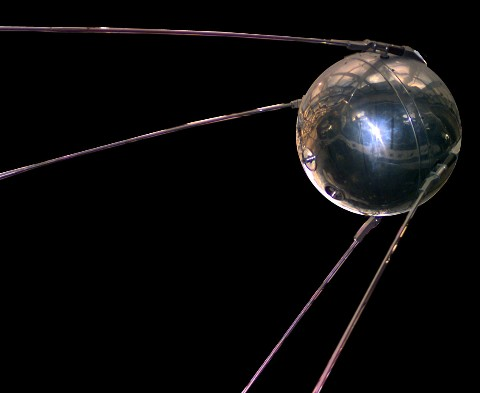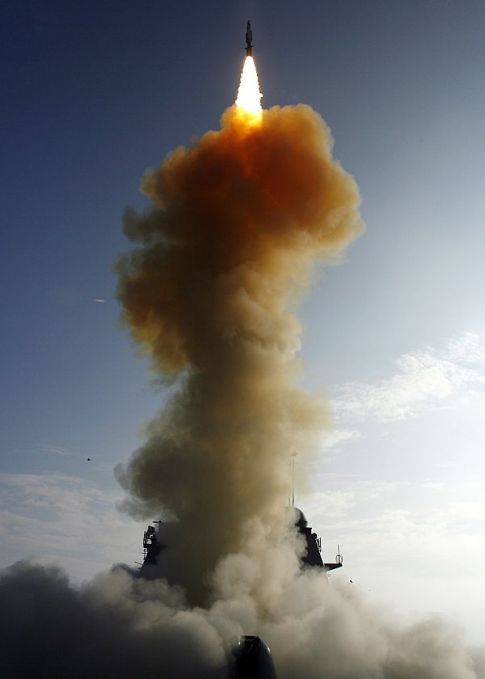
History of Satellites
Any object rotating around the Earth in an elliptical path is considered a satellite, however, I am going to focus on man-made satellites that have been launched from the Earth or otherwise assembled by astronauts. In 1957, The Soviet Union launched the first satellite pictured above, and named Sputnik 1. It was pressurized with nitrogen gas, and contained a thermometer, battery, and radio transmitter. Sputnik burned up as it drifted back into the atmosphere not long after its launch, but modern satellites have internal guidance systems (thrusters and gyroscopes) to monitor orbit. Complexity has increased tremendously since this pioneering launch, and there have been well over 6000 launches since Sputnik. For a complete history of the satellite, National Geographic has a web article you can take a look at found here: http://www.nationalgeographic.com/eye/sat/satel_2.html. The launch of satellites is extremely complex as a the satellite has to be placed in its approximate orbit to keep it from moving too far away, falling back into the atmosphere, or being out of range for its intended service. It’s also extremely fuel-intensive and expensive. Launching one satellite costs anywhere between fifty and 400 million dollars.
Lifecycle
Decommissioning a satellite occurs after significant radiation damage or mechanical failure or when better technology has been put into orbit rendering older satellites obsolete. Most satellites have a lifespan of fifteen years. Sometimes satellites are decommissioned immediately as result of failed calculations to place the satellite in a useful orbit, one example being as recent as 1999 with Air Force 19. This satellite never separated from its rocket staging and went into a much further orbit—the satellite could only make contact during the perigee of its orbit. Options for dealing with rogue satellites include leaving them alone, controlled re-entry, or using thrusters to put them into an outer orbit. Leaving a satellite alone clearly just adds to the problem of space junk, and additionally over an estimated 100 to 150 years LEO satellites crash back to Earth. Controlled re-entry is designed to burn the satellite up significantly and then make it land in an ocean. Skylab is an example of this not working as half of the space station headed for the Indian Ocean landed in Australia. Another option is for any remaining energy in the satellite’s thrusters to be used to push it as far as possible from the Earth in order to reduce chances of high-speed collisions in the more frequently traversed orbits close to Earth. Finally, the United States has the capability to shoot down satellites, as happened on February 20th of this year:
video at http://www.youtube.com/watch?v=lvXV2QEdA34&feature=related

The Satellite main page
